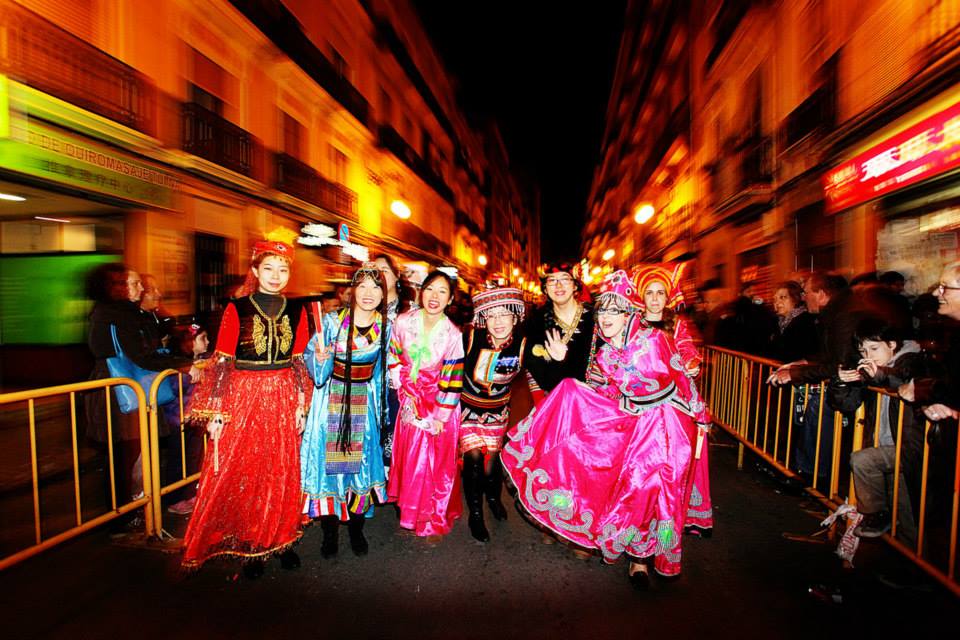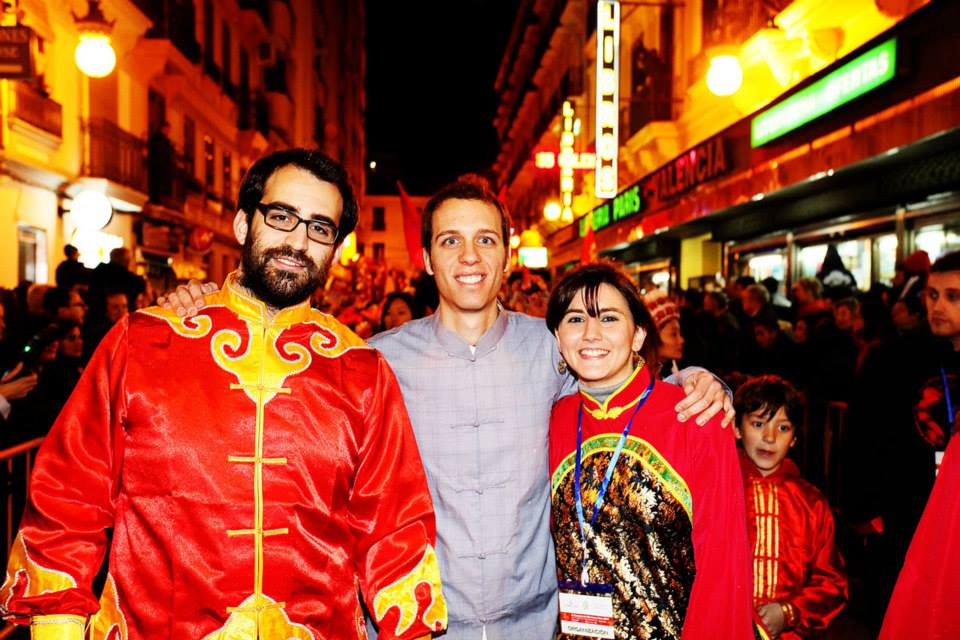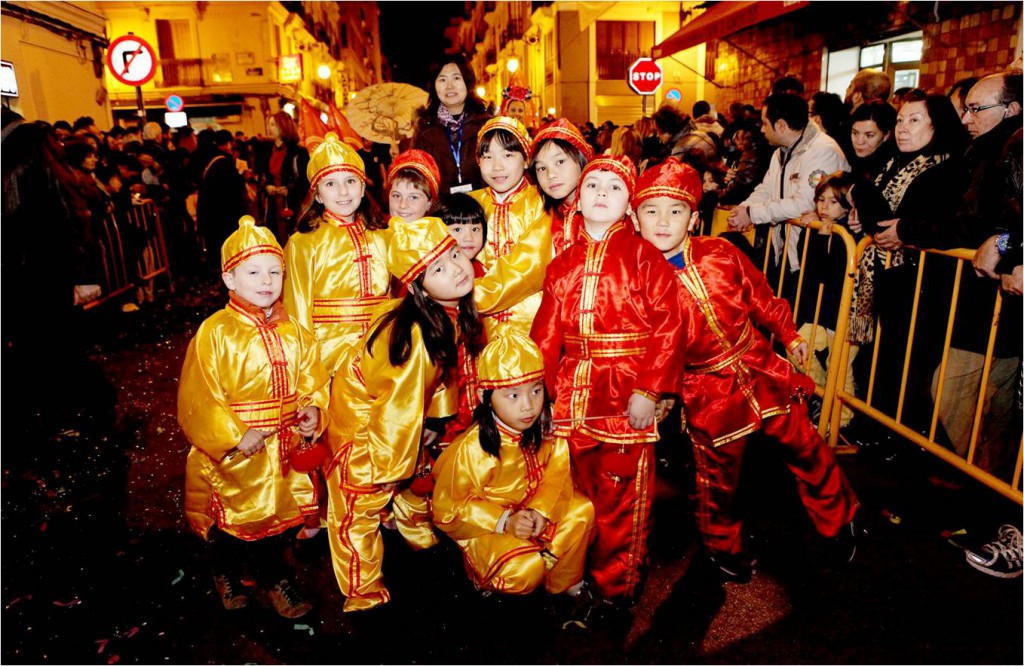To celebrate the Chinese New Year, the Confucius Institute in the UV calls every year the traditional parade, stared by the Chinese Dragon, with different groups of taiji, wushu, marcial arts, traditional costumes and the lion and dragon dance.
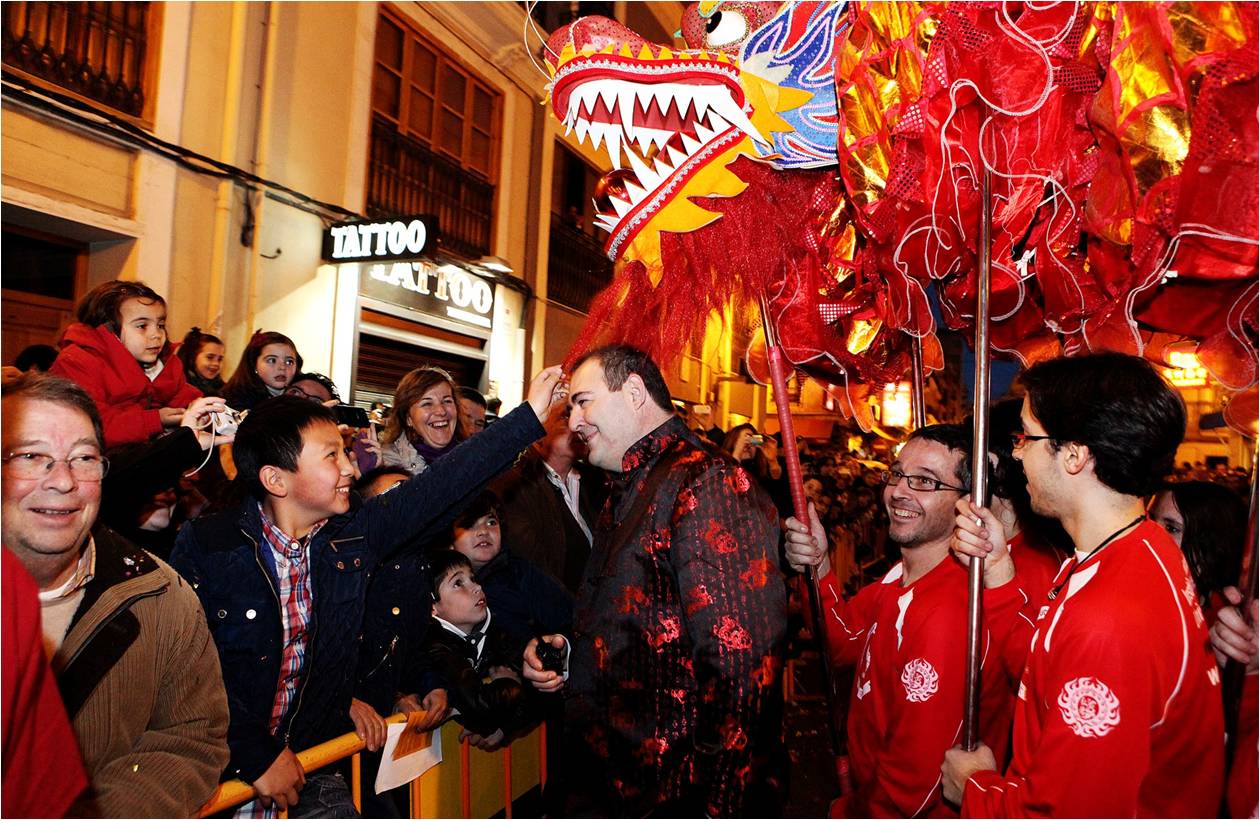
The Chinese New Year, best known in China as the Spring Festival (春节, 春節, chūnjíe), is the most important traditional festival of the Chinese calendar. The commencement date of the Chinese New Year is determined by the lunisolar calendar traditionally used in China. According to the Chinese calendar, the celebration of a new year falls, generally, on the second new moon after the boreal winter solstice (21st December)
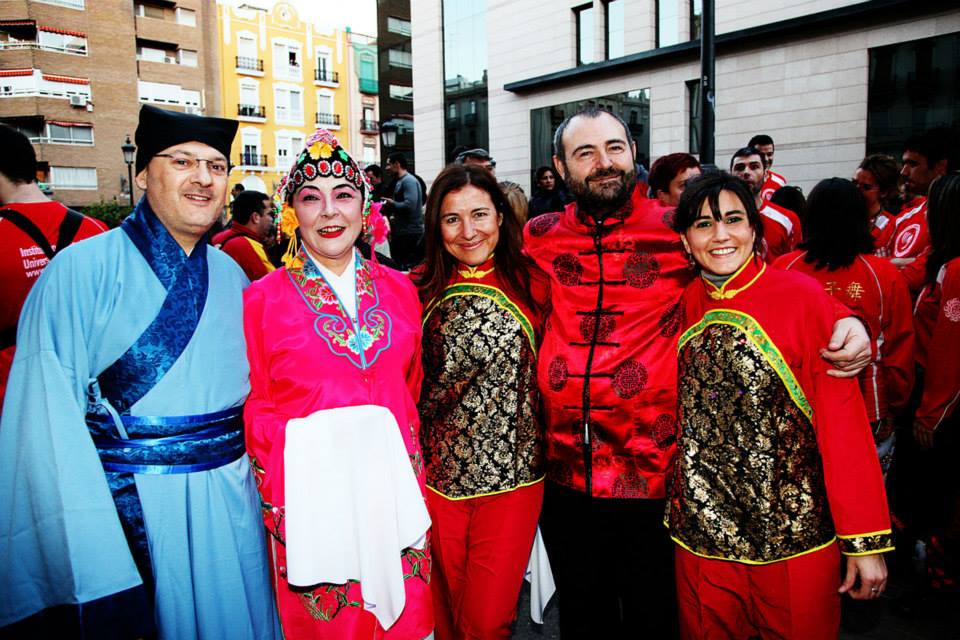
Solar calendars have as unit of measurement the day, while for its lunar nature, lunisolar calendars use the month. Lunisolar calendars use the month, thus the Chinese New Year cannot be transferred into an exact date in the Gregorian calendar, but it can befall between the 21st January and he 21st February. We must find the new moon day nearest to the lichun (立春, lìchūn, “comienzo de la primavera”).
The celebrations will start the first day of the first lunar month (正月, zhēng yuè) and will finish on 15th day, when the Festival of Flowers is held (元宵节, 元宵節, yuánxiāojié).
